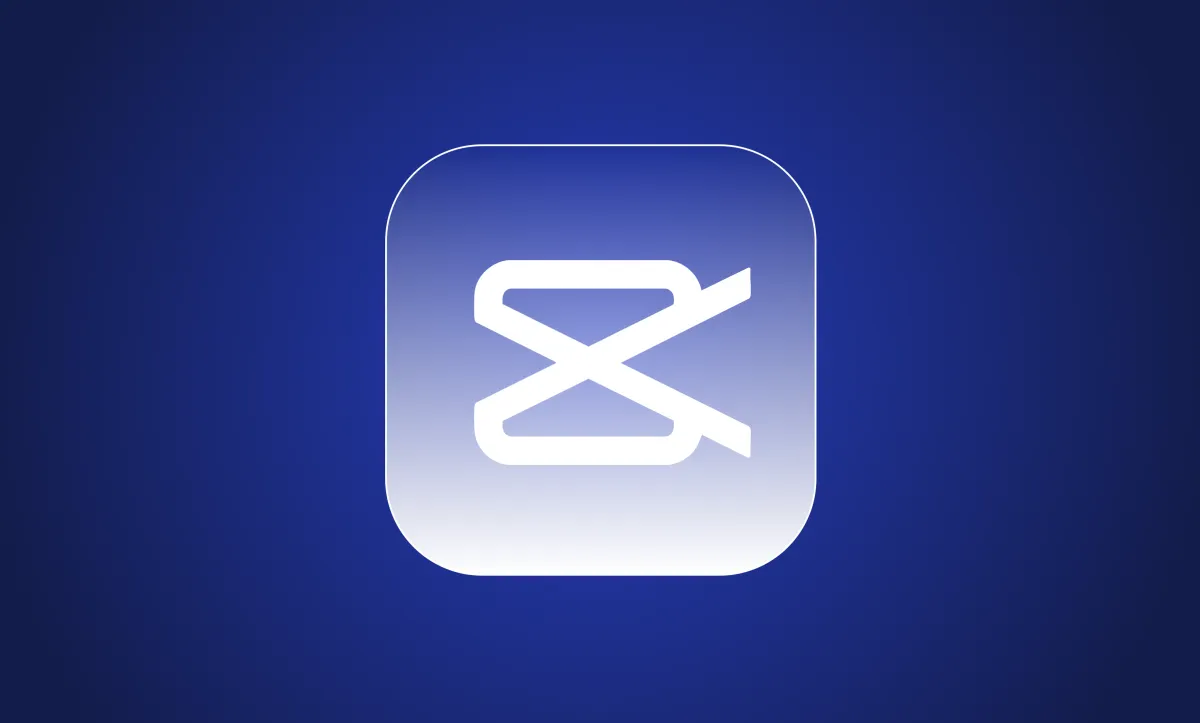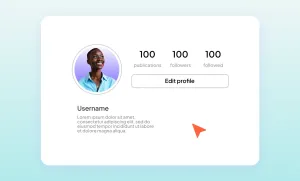CapCut is one of those apps that quietly became essential for millions of creators. It’s free, easy to use, and loaded with features that make it ideal for editing videos for TikTok, Instagram, or YouTube Shorts.
But over the past few years, it’s been caught up in a bigger conversation about politics, privacy, and how much control certain governments have over apps we rely on.
And if you’ve tried to download it in certain countries, or wondered why it vanished from app stores, there’s a reason.
Which Countries are Affected by the CapCut Ban?
India was the first major country to take action. In June 2020, the Indian government banned CapCut along with TikTok and dozens of other Chinese apps. The decision came just days after violent border clashes with China in the Galwan Valley, and it wasn’t subtle. It was fast, sweeping, and it didn’t just target one or two platforms. It was a full takedown of apps the government believed could pose a threat to user data and national security.
After that, CapCut disappeared from Indian app stores. Websites were blocked. Users suddenly found themselves cut off from the tools they’d been using to build careers or follow creative passions.
In the US, the conversation took longer to gain momentum. But once lawmakers began pushing for action against TikTok, CapCut was quickly pulled into the same conversation. By early 2024, the U.S. passed a law that gave ByteDance, the parent company of both TikTok and CapCut, a strict deadline: either sell your U.S. operations, or get banned.
Why Is CapCut Banned in India?
India banned CapCut back in 2020, and the reasons were pretty direct. The government said it was worried about how Chinese apps were handling user data and where that data might be going. Officials pointed to risks involving privacy, surveillance, and national security, especially given the growing tension between the two countries.
The Galwan Valley clashes were the final trigger. In response, India banned over 50 Chinese apps within days, and CapCut was one of them. The concern wasn’t just about what users were doing with the app, it was also about who might be watching in the background and how much influence a foreign government could have through something that seemed, on the surface, like just another video editing tool.
How to Use CapCut in India
CapCut isn’t available on the App Store or Google Play in India anymore, and the official website is blocked too. But plenty of users still manage to access it through workarounds. The most common method is using a VPN or a residential proxy to connect through a different country, then downloading the app from a third-party source, usually an APK site.
It’s not exactly ideal. You have to be careful with where you’re downloading from, because unofficial APKs can come with all kinds of issues, including malware. And free VPNs aren’t always secure either. If you’re going to try this, it’s important to do your research, use trusted tools, and understand the risks before you start editing.
Also, even if you get the app installed, some features may not work properly without a stable VPN connection. Online-only filters, effects, or cloud-based tools can act up or fail to load entirely.
CapCut Ban Update: Where the U.S. Stands Now
As of early 2025, the U.S. hasn’t officially banned CapCut, but the situation is anything but stable. The app was briefly removed from the App Store and Google Play in January 2025, right around the deadline outlined in the Protecting Americans from Foreign Adversary Controlled Applications Act. But then things paused. ByteDance didn’t sell, but enforcement didn’t fully kick in either.
To make things even more complicated, Donald Trump, who is pushing a hardline stance on China, has been vocal about wanting tougher measures on apps like TikTok and CapCut. His influence could push this issue back to the top of the agenda in the months ahead, especially if he returns to office. So while CapCut is technically still available in the U.S. right now, the future feels pretty uncertain.
Is CapCut Permanently Getting Banned?
Right now, there’s no final decision that applies to every country. In the U.S., things are still unfolding. In India, the ban was made permanent years ago. And in places like Europe or Australia, the app remains available for now, though that could change depending on future regulations.
What makes this all more confusing is the fact that not all bans mean the same thing. Sometimes a ban is temporary, which usually means the app has violated a local policy and has to fix it before being allowed back. These types of bans can last a few days, a few months, or even longer, depending on how the company responds. But there’s usually a path back.
Permanent bans are different. These are policy decisions made by governments that don’t leave much room for negotiation. They often happen when an app is seen as a long-term threat to national security, user privacy, or political stability. Once a permanent ban is in place, it usually means the app won’t return unless something major changes (like a complete change in ownership or structure.)
So, is CapCut permanently banned? In India, yes. In the U.S., not yet. But with the deadline for ByteDance to divest and the constant political pressure surrounding Chinese-owned apps, it’s clear that the window is closing. If ByteDance doesn’t sell, the U.S. government has the authority to block CapCut, and that block could last indefinitely.
CapCut Alternatives
If CapCut becomes completely unavailable where you live, or if you’d rather not rely on VPNs or workarounds, it’s worth looking at other tools. There are plenty of video editing software out there that can cover most of what CapCut does, and a few that even go beyond it.
1. Podcastle
Podcastle is an AI-powered content creation software, and a strong alternative for anyone who creates video or audio content on a regular basis. It’s great for recording, editing, and enhancing voice and video, especially if you’re working on podcasts, interviews, or long-form content. It also comes with integrated royalty-free music, AI voices, transitions, and stock videos.
One of the big perks is that it runs entirely in your browser, so there’s no need to download anything. And if you’re doing facecam content or screen recordings, it has built-in tools for that too. It’s more than enough to cover what CapCut offered, especially if you’re focused on polished edits and clean audio.
2. Movavi
If you’re shifting away from CapCut and you want something that works well on your desktop, Movavi's paid Video Editor is worth checking out. It brings a classic multi-track timeline to the party, complete with transitions, overlays, filters, text tools and export options.
3. Descript
Descript is useful for creators who make both video and audio content. It has tools for removing filler words, cleaning up audio, generating subtitles, and turning long content into short social clips. If you’re switching from CapCut and want something more powerful that’s still user-friendly, this is a solid place to start.
Will CapCut Ban be Lifted?
CapCut made editing fast, easy, and accessible. That’s why so many creators, especially in India and the U.S., built their entire workflow around it. But as countries take stronger stances on data privacy and national security, apps like CapCut are going to keep running into roadblocks.
If you’re in India, the ban’s already in place and has been for years. If you’re in the U.S., you’re working against a clock. Either way, it makes sense to start preparing now. Try out other tools. Test your workflow. Download what you need while you can, and figure out what works best for your content long-term.
CapCut might still be around in some places, but it probably won’t be everywhere for much longer. And depending on what happens politically, that could change even faster than anyone expects.
FAQs
Is CapCut banned in every country?
No, CapCut is still available in most regions, including the U.S., Europe, and Australia. However, it has been permanently banned in India since 2020 and is also blocked in a few other countries like Iran and Pakistan due to political and data privacy concerns.
Can I still use CapCut in India if it’s banned?
Technically, yes, but not through official channels. You won’t find it on the App Store or Play Store, and the website is blocked. Some users get around this by using a VPN and downloading the APK file from third-party sites, but this approach comes with risks, especially when it comes to malware and app updates.
Will CapCut be banned in the U.S.?
Right now, CapCut is still available in the U.S., but that could change depending on how future legislation plays out. The app was briefly removed from app stores in early 2025 under new national security laws but was later reinstated while enforcement was delayed. There’s still uncertainty about what’s next.
Is CapCut safe to use?
CapCut is developed by ByteDance, the same company behind TikTok, which has raised concerns in some countries about data privacy and how user information is handled. While the app itself works well and is widely used, there’s an ongoing debate about how safe it is to use long-term in regions where privacy laws are stricter.
What happens to my projects if CapCut gets banned?
If CapCut becomes inaccessible in your region, you may lose access to your saved projects, especially if they’re stored in the cloud. That’s why it’s a good idea to export your finished work and keep backups on your device, or better yet, start exploring other editors and gradually shift your workflow before a potential ban actually takes effect.








